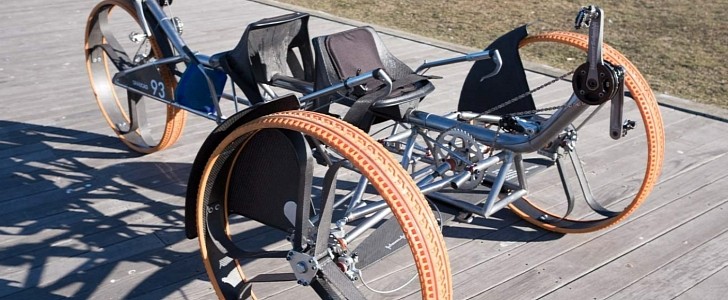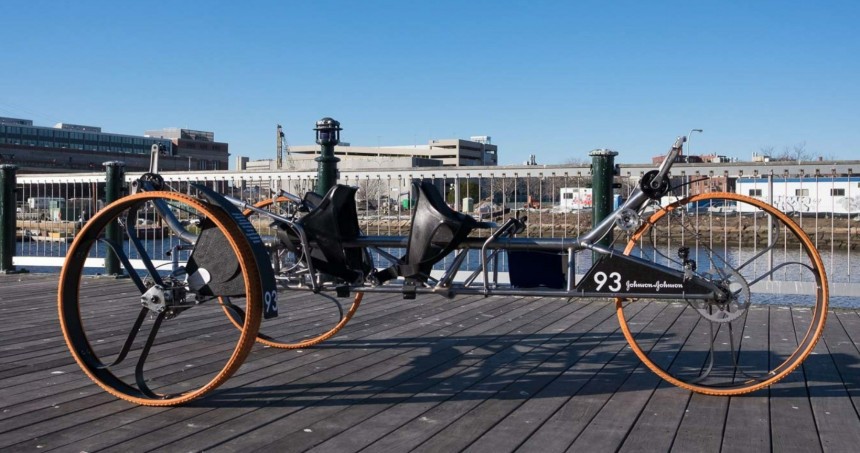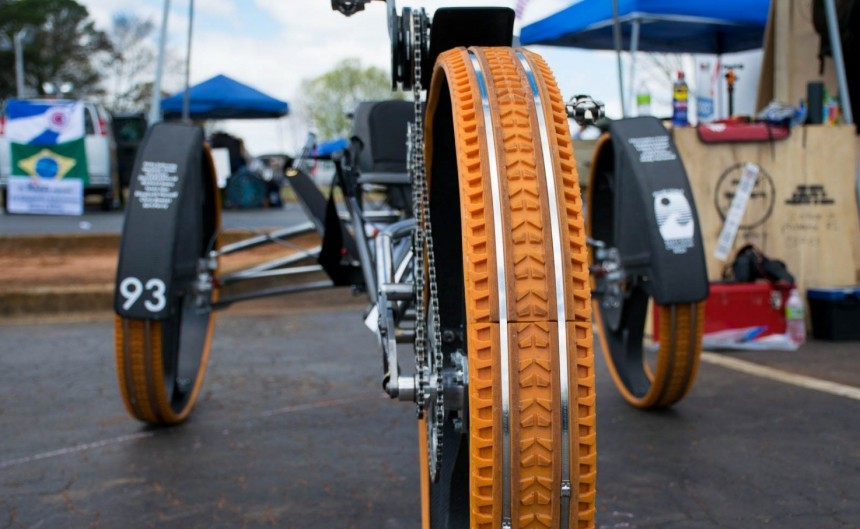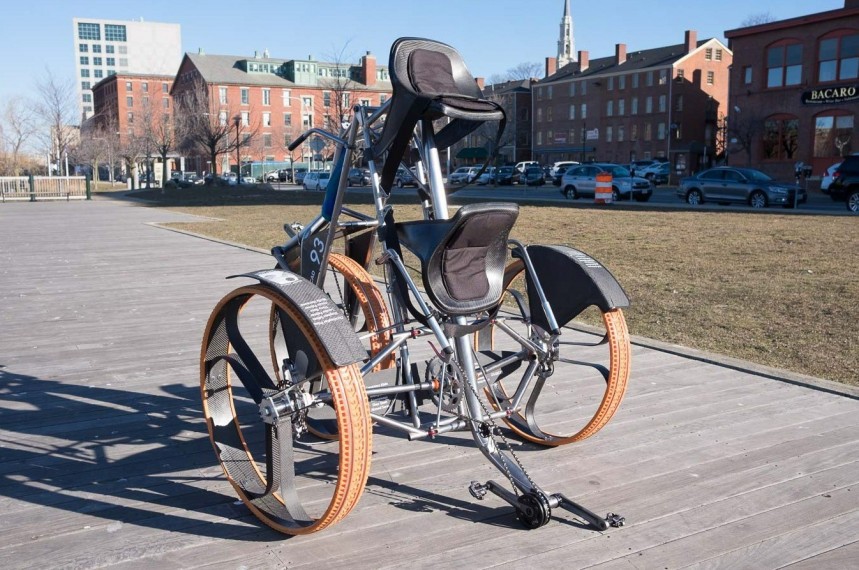The colonization of other planets by humans isn’t just some made-up idea only good for a bedtime story or the big screen; one day it will happen. Until then, Earth can be the testing ground.
Folks, most people know that NASA is one of the leading organizations for space research and exploration. Every year, the organization hosts an event called the Human Exploration Rover Challenge where students and schools compete to show off their best works and ideas. This challenge is part of the Artemis program that NASA is currently involved in.
Now, this is a challenge that’s been around for a few years, and over those years, endless designs have been created. One of the most coveted designs and winner of four awards for the 2016-2017 school year is the RISD Rover.
To get an idea as to why this vehicle was so appealing to NASA, you’ve got to understand that sending something into space poses several challenges. Vehicles entered in this challenge will be facing issues like those faced by the original designers of the Apollo mission rover, and the RISD team seems to have done an amazing job at meeting those challenges.
For nine months, team members develop rough ideas and design ideations using software and digital workspace platforms. Once models are created, and a design is chosen for prototyping, the real fun begins. Since the choice of materials and their use have all been settled in previous stages of design, the final stage is to put it all together and get to testing. The result is this wonderful trike vehicle you see.
The first noticeable feature about the Rover is that it is a bare necessity kind of vehicle. Nothing more than a frame, three wheels, two seats, some bike-like pedals and chains, a couple of steering handles, and what seems like a pair of brake levers on the end.
The front of the Rover is the part that includes two wheels, while the rear is controlled by only one. Since I'm on the subject of wheels, they are one of the features that seem to have been highly appraised by the NASA jury and won an award for best wheel design.
One thing about these wheels is that they utilized 3D printed components, one of those components being the tread. The next material used in the wheel structure was carbon fiber, making up the spokes or support structures for the tread.
What about suspension? Well, if you look closely at the wheels, you’ll see that the spokes are somewhat folded inward and bolted down, causing a raised and curved segment. Imagine for a moment that you’re riding along in this rover, and suddenly you hit a rock or drop off a ledge; the flexed section of the spoke should attenuate some of the shock.
However, the addition of a carbon fiber transverse leaf spring is considered the main suspension system. The driving factor behind the inclusion of such a system is because it hadn’t been done before at this competition, according to Lily Douglas’ Behance page (one of the team members implicated in the RISD Rover project).
Another important criterion a vehicle must meet when entered into the challenge is that it must fit inside a 5-foot by 5-foot (1.5-meter by 1.5-meter) cube. Looking at the Rover, you can clearly see that’s not possible. Well, your eyes deceive you; to meet this requirement, this trike can fold in half.
The only thing I'm still trying to figure out is whether each occupant pedals in opposite directions, yet the vehicle moves only in one direction. Until we get ahold of one of the crew members, this question will remain a mystery.
One thing is for sure; humans will be using vehicles like these very soon. In the meantime, NASA and other organizations will be scouting the best designs through challenges such as these.
Now, this is a challenge that’s been around for a few years, and over those years, endless designs have been created. One of the most coveted designs and winner of four awards for the 2016-2017 school year is the RISD Rover.
To get an idea as to why this vehicle was so appealing to NASA, you’ve got to understand that sending something into space poses several challenges. Vehicles entered in this challenge will be facing issues like those faced by the original designers of the Apollo mission rover, and the RISD team seems to have done an amazing job at meeting those challenges.
The first noticeable feature about the Rover is that it is a bare necessity kind of vehicle. Nothing more than a frame, three wheels, two seats, some bike-like pedals and chains, a couple of steering handles, and what seems like a pair of brake levers on the end.
The front of the Rover is the part that includes two wheels, while the rear is controlled by only one. Since I'm on the subject of wheels, they are one of the features that seem to have been highly appraised by the NASA jury and won an award for best wheel design.
What about suspension? Well, if you look closely at the wheels, you’ll see that the spokes are somewhat folded inward and bolted down, causing a raised and curved segment. Imagine for a moment that you’re riding along in this rover, and suddenly you hit a rock or drop off a ledge; the flexed section of the spoke should attenuate some of the shock.
However, the addition of a carbon fiber transverse leaf spring is considered the main suspension system. The driving factor behind the inclusion of such a system is because it hadn’t been done before at this competition, according to Lily Douglas’ Behance page (one of the team members implicated in the RISD Rover project).
The only thing I'm still trying to figure out is whether each occupant pedals in opposite directions, yet the vehicle moves only in one direction. Until we get ahold of one of the crew members, this question will remain a mystery.
One thing is for sure; humans will be using vehicles like these very soon. In the meantime, NASA and other organizations will be scouting the best designs through challenges such as these.











